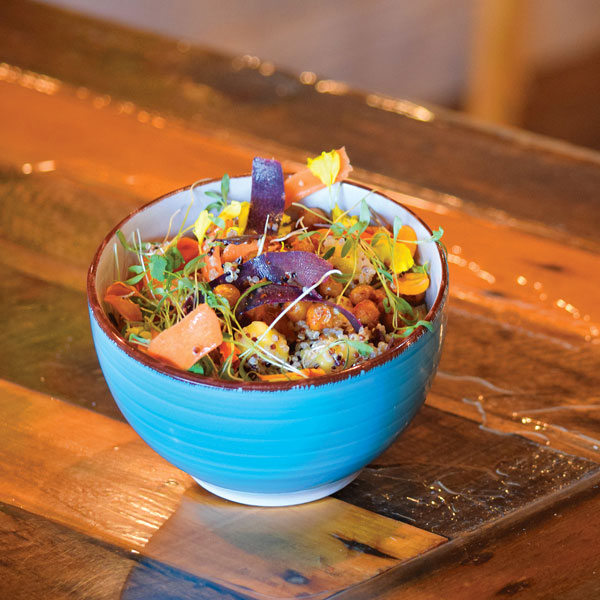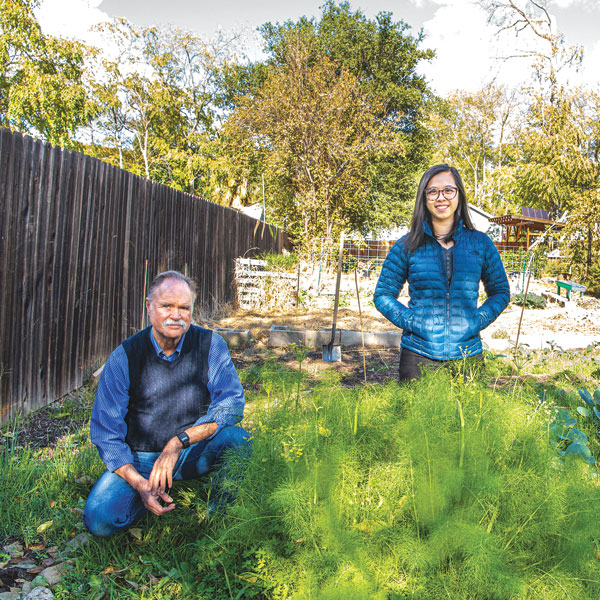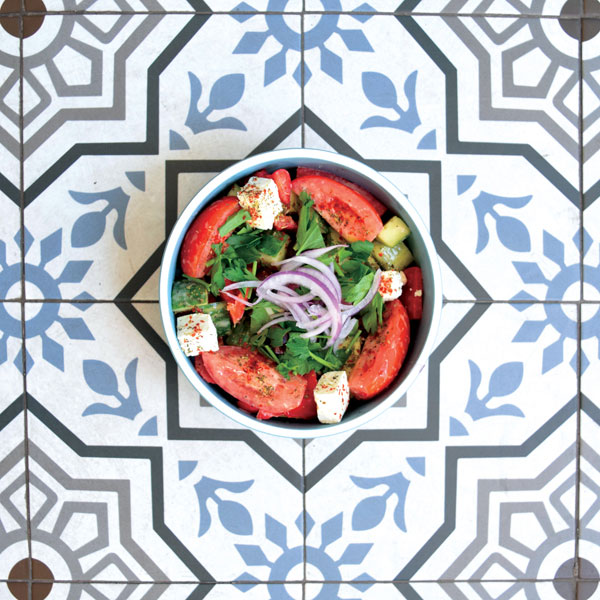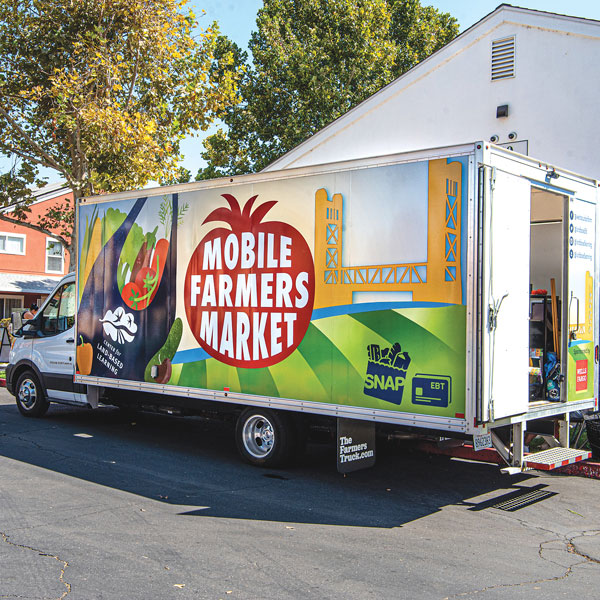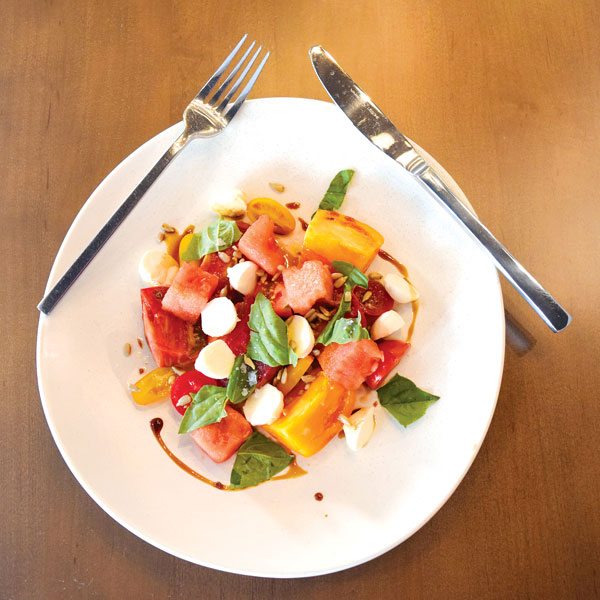
Nov 28, 2022
When restaurant partners Chris Sinclair, Raphael Jimenez Rivera and Matt Brown created Bodega, they wanted an East Coast feel with Caribbean flair. It’s a taste of home they can share with their West Coast neighborhood.
“In New York and New Jersey you can get Puerto Rican food, Caribbean food almost everywhere,” Sinclair tells me. “It’s as common as tacos are out here on the West Coast.”
The neighborhood approves. The reception has been stellar since Bodega’s August opening. Diners come from around the corner and across the region to visit the Pocket shopping center where the restaurant sits.
Despite rave reviews, Sinclair thinks of Bodega as a humble neighborhood bar and family restaurant. “Two of the three owners live in the neighborhood, and all of us have kids,” he says. “We want neighbors to come out for a lively dinner, families to come over after the soccer game, and everything in between.”

Nov 28, 2022
Imagine a Sacramento where every few blocks community gardens flourish. Where we have access to the food bounty of our region. Where we can walk with our kids, parents or partners to harvest grapes, pomegranates, broccoli heads, mustard greens and basil tops.
In almost every neighborhood, a vacant and unimproved lot awaits cultivation. The ghosts of fig trees whisper potential.

Oct 28, 2022
Jayna Gyro is easy to miss. The corner of Alhambra and Folsom boulevards sports several chain eateries, and, without a closer look, Jayna Gyro blends in and disappears.
But take that extra look. You’ll learn this new Mediterranean restaurant paints outside the lines of “fast-casual” and brings an unexpected level of sophistication.
Jayna, the third California restaurant of Yusuf Topal and his ownership partners, improves the relationship between casual and fine dining. It’s no wonder. Topal’s other restaurants, Tarla Mediterranean Grill in Napa and the first Jayna Gyro in Emeryville, sit proudly in the upmarket and quick-eats categories.
Sacramento’s version of Jayna blends the best of these worlds. It’s an order-at-the-counter place with a narrowly focused menu and small drink menu. But lurking in the peripheral vision is an interior bright with touches of the Greek isles.

Oct 28, 2022
One day not long ago, I visited the International Garden of Many Colors with the Del Paso Heights Growers’ Alliance co-directors.
The 3-acre garden is cultivated primarily by elderly immigrants from Russia, Ukraine and Afghanistan. The Growers’ Alliance worked with the Sacramento Food Policy Council to help preserve the garden and supply it with essentials such as city water.

Sep 28, 2022
There’s a myth about fine food and the farm-to-fork philosophy. It suggests the fresh and local approach is elitist, reserved for residents who earn enough money to be picky about food.
The myth goes that poor people are resigned to shop at cheap grocery stores, where they depend on processed, obesity-producing industrial food.
In Sacramento, hub of the farm-to-fork movement and part of the fertile valley that produces much of America’s food, we can prove this myth false. We can fight for food equity on behalf of everyone.

Sep 28, 2022
Just steps from the Capitol, Prelude Kitchen & Bar serves a splendid lunch and dinner to more than politicians and lobbyists. “Like any Downtown restaurant, it’s a mix of tourists and locals,” says executive chef Tom Patterson. Given the diversity of culinary influences and focus on seasonal ingredients, Prelude appeals to just about anyone.
Prelude’s location is coveted real estate. Two previous eateries, Chops Steak Seafood & Bar and The Diplomat Steakhouse, both put in time at the spot. Now, Prelude looks to eclipse those previous tenants, creating a farm-focused yet innovative menu that might garner Michelin attention. At least, that’s what some involved with the project proclaimed when Prelude opened last December.
For now, the focus is on quality cooking with local bounty. “We use the freshest seasonal and highest quality ingredients we can find,” Patterson tells me. “(We take) advantage of the local bounty of products that the Sacramento area provides.”
